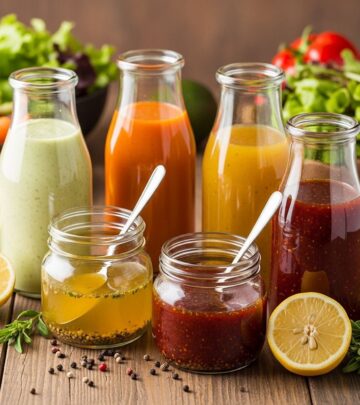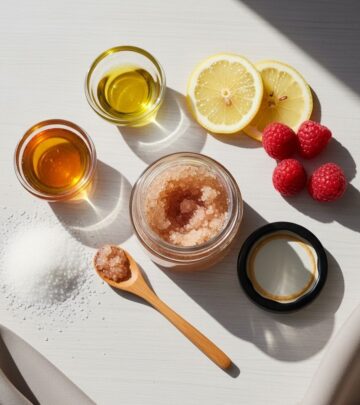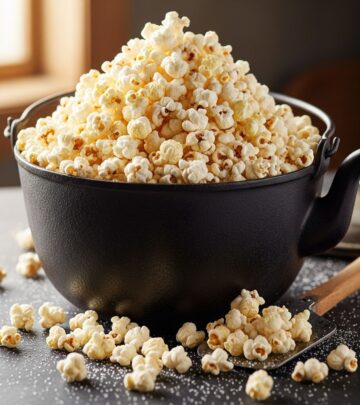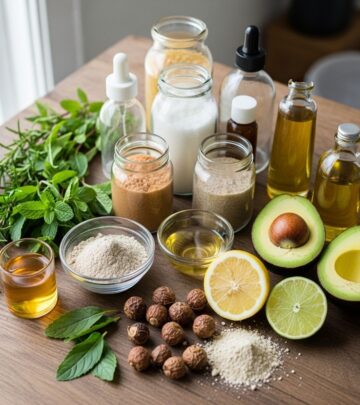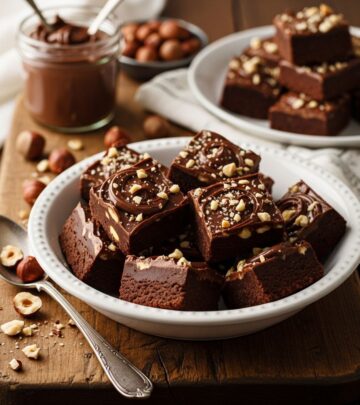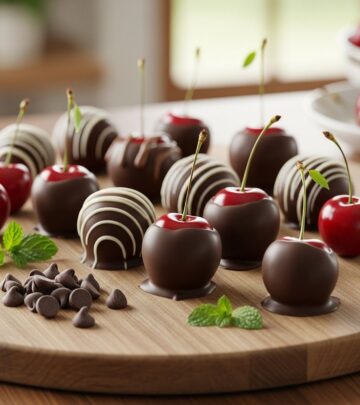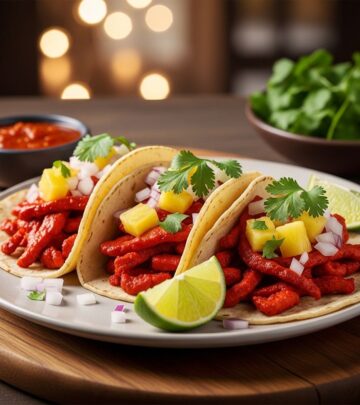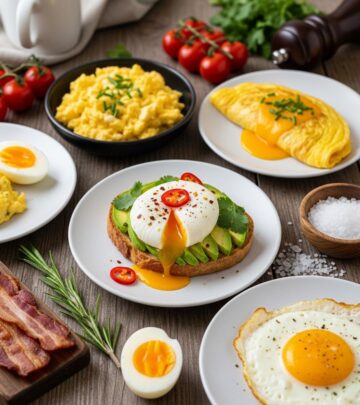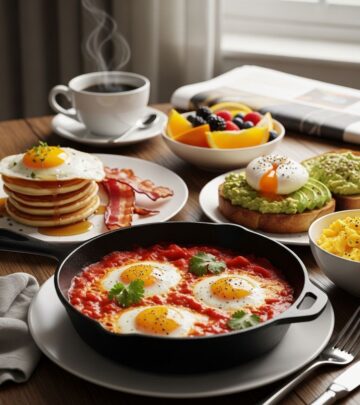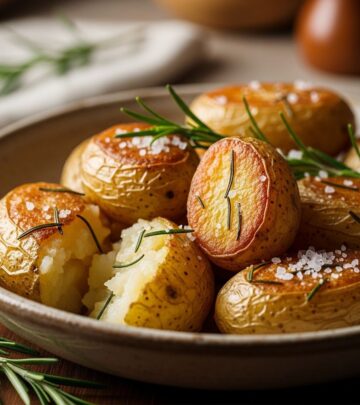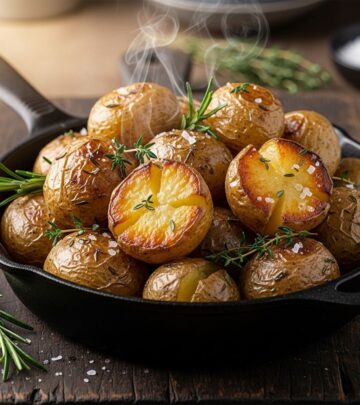Pavlova Recipe: Ultimate Guide To Meringue, Cream & Fruit
Discover how to master the iconic pavlova with expert techniques, fresh toppings, and creative twists.
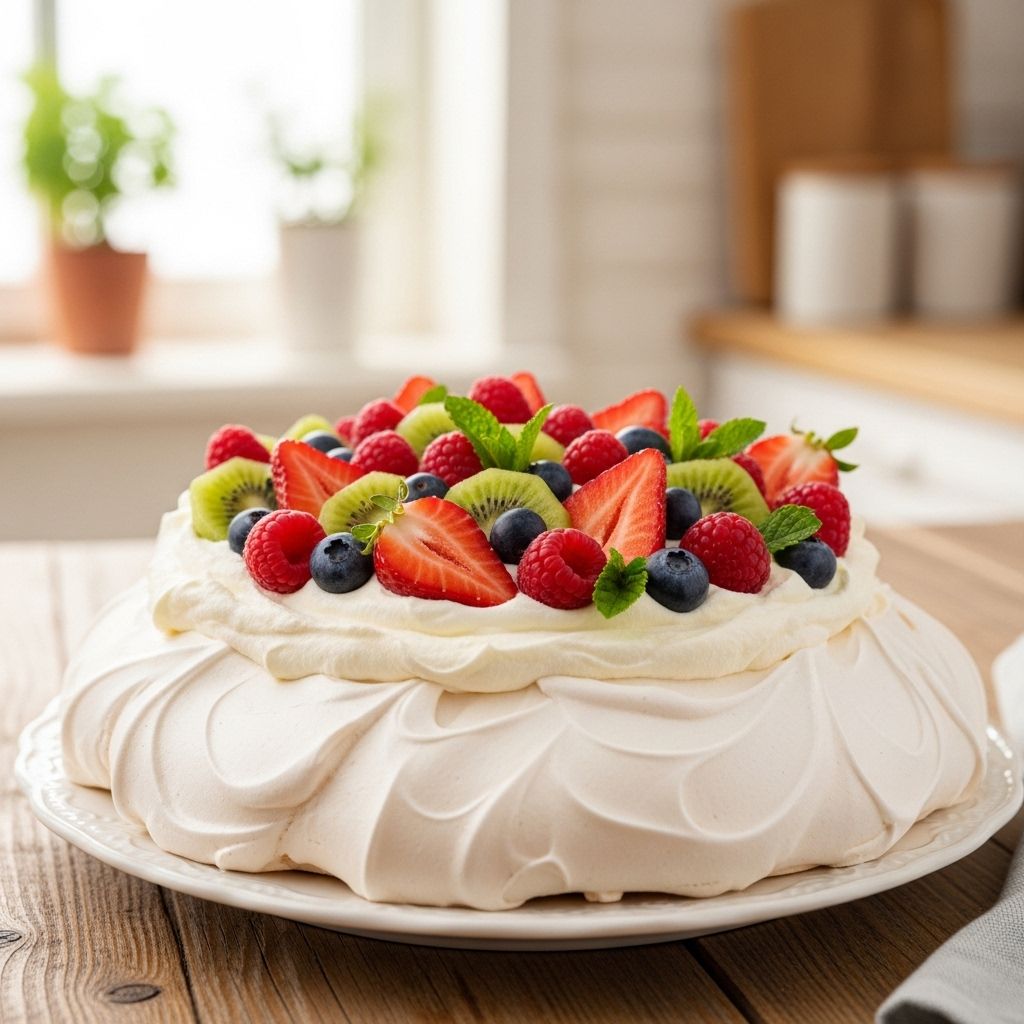
Image: HearthJunction Design Team
The Best Pavlova: A Celebration of Crisp Meringue and Luscious Cream
Pavlova is a beloved dessert that shines as the centerpiece of any celebration. Renowned for its juxtaposition of crisp, delicate meringue and pillowy interior, crowned with billows of whipped cream and a vibrant array of fresh fruit, this Australian classic is both stunning and delicious. In this comprehensive guide, we’ll walk you through every step: from understanding the origins and crafting the perfect meringue, to expert baking techniques, serving tips, and creative variations.
What Is Pavlova?
Pavlova is a meringue-based dessert named after the Russian ballerina Anna Pavlova. Crispy on the outside and marshmallowy within, it’s traditionally spread with sweetened whipped cream and topped with juicy fruit, making it a true showstopper for any occasion.
- Texture: Crisp shell, soft inner meringue.
- Toppings: Whipped cream, fresh fruit like berries, kiwi, or passionfruit.
- Occasions: Perfect for holidays, summer gatherings, and celebrations.
This dessert boasts not only eye-catching beauty, but a delightful contrast of flavors and textures—the crackle of meringue yielding to a soft, sweet center with the freshness of fruit on top.
Ingredients for Classic Pavlova
The magic of pavlova lies in its simplicity. With just a handful of ingredients, you can create this iconic dessert:
- Egg Whites: The foundation of the meringue. Room-temperature egg whites whip higher and faster.
- White Sugar: Provides structure and sweetness. Use superfine (caster) sugar for best results.
- Cornstarch: Helps stabilize the meringue and ensures the marshmallowy texture inside.
- White Vinegar: Acid strengthens the egg whites and further stabilizes the meringue.
- Vanilla Extract: Adds a pleasant aroma and subtle flavor.
- Heavy Whipping Cream: For the billowy topping, whipped to soft peaks.
- Fresh Fruit: Berries, kiwi, mango, and passionfruit are traditional, but feel free to improvise.
Step-by-Step Pavlova Recipe
Follow these detailed instructions to guarantee a spectacular pavlova every time:
1. Prepare Your Ingredients
- Separate eggs carefully; even a trace of yolk can prevent whipping.
- Measure all ingredients precisely.
2. Preheat the Oven
- Set oven to 250°F (120°C). A low temperature ensures the pavlova dries out without overbrowning.
3. Beat Egg Whites
- Use a stand mixer or hand mixer with a whisk attachment.
- Beat egg whites until soft peaks form, then gradually add sugar, a tablespoon at a time, beating well after each addition.
- Continue beating until stiff peaks form. The mixture should appear glossy; rub a bit of meringue between your fingers—it should feel smooth, not gritty.
4. Incorporate Cornstarch, Vinegar, and Vanilla
- Gently fold in cornstarch, vinegar, and vanilla extract with a spatula. Fold until just combined.
5. Shape the Meringue
- On a parchment-lined baking sheet, spoon the meringue into a round, about 8-9 inches in diameter.
- Sculpt the sides upward with a spatula, creating a slight well in the center for the toppings.
6. Bake the Pavlova
- Bake for 1 hour to 1 hour 15 minutes—until the pavlova is crisp and dry to the touch but still pale.
- Turn off the oven and let the pavlova cool completely inside with the door ajar. This prevents sudden temperature changes, reducing cracking.
7. Prepare Whipped Cream and Toppings
- Whip heavy cream with a little sugar and vanilla until soft peaks form.
- Cut and prepare fresh fruit toppings.
8. Assemble Just Before Serving
- Spread whipped cream generously over the cooled meringue base.
- Arrange fruit on top in a decorative pattern.
Expert Pavlova Tips for Success
Crafting the best pavlova involves attention to technique and a few expert tricks:
- Use fresh eggs: They whip better and create more stable meringue.
- Clean equipment: Any grease or residue can deflate egg whites, so ensure bowls and beaters are spotless.
- Add sugar gradually: This ensures the sugar fully dissolves, preventing gritty texture.
- Do not open the oven during baking: Sudden drops in temperature can cause the pavlova to collapse or crack.
- Cool slowly: Cooling in the oven avoids rapid temperature change, keeping the pavlova intact.
- Assemble last-minute: Add whipped cream and fruit just before serving to maintain maximum crispness.
Serving Suggestions for Pavlova
The versatility of pavlova toppings allows for creativity. Here are some delicious ideas:
- Berries: Strawberries, raspberries, blueberries, blackberries.
- Stone Fruits: Sliced peaches, nectarines, or apricots in season.
- Tropical Fruits: Kiwi, mango, pineapple, or passionfruit pulp for a tangy finish.
- Citrus: Orange, grapefruit segments, or a sprinkle of lime zest.
- Additional Toppings: Chopped nuts, mint leaves, or a drizzle of fruit coulis for an elegant touch.
Storage and Make-Ahead Tips
Pavlova is best enjoyed on the day it is assembled to preserve its crisp texture, but you can prepare key components in advance:
- Meringue base: Store in an airtight container at room temperature for up to 2 days.
- Whipped cream: Can be whipped several hours ahead and refrigerated.
- Fruit: Prepare just before serving for optimal freshness and color.
- Leftovers: Once assembled, pavlova softens quickly. Refrigerate and consume within 24 hours for best texture.
Pavlova Variations and Creative Twists
While classic pavlova is always a winner, try these inspiring ideas for a new spin:
- Chocolate Pavlova: Fold in a few tablespoons of sifted cocoa powder and top with chocolate shavings.
- Mini Pavlovas: Spoon individual meringues for elegant, personal servings.
- Lemon Curd: Swirl lemon curd through whipped cream for zingy flavor.
- Seasonal Fruit: Adapt toppings to whatever fruit is freshest and most flavorful.
- Dairy-Free: Use coconut cream as a whipped topping alternative.
Pavlova Troubleshooting Guide
| Issue | Possible Cause | Solution |
|---|---|---|
| Pavlova is cracked | Oven temperature too high, or cooled too quickly | Use an oven thermometer; cool slowly in oven |
| Pavlova collapsed | Underbaked, or opened oven during baking | Ensure baking time is sufficient; do not disturb while baking |
| Meringue is weeping or sticky | Sugar not fully dissolved, humid weather | Beat sugar in slowly; avoid baking on humid days |
| Grainy texture | Sugar added too quickly | Add sugar gradually, beat until smooth |
Frequently Asked Questions (FAQs)
Can I make pavlova ahead of time?
The meringue base can be made a day or two in advance and stored in an airtight container, but assemble with cream and fruit just before serving to preserve crispness.
Why did my pavlova crack?
Cracking can result from too high a baking temperature or cooling the pavlova too quickly. Always cool the pavlova slowly in the oven with the door slightly open.
Can I use other fruits besides berries?
Absolutely! Pavlova is delicious with any fresh, seasonal fruit—try tropical fruits, stone fruits, or citrus for variety.
What should I do if my pavlova is sticky or weeping?
This is often due to undissolved sugar or humid conditions. Beat sugar in gradually and ensure it’s fully dissolved before baking. Avoid making pavlova on very humid days if possible.
Is pavlova gluten-free?
Yes, traditional pavlova is naturally gluten-free, making it ideal for those with gluten sensitivities.
Conclusion: The Ultimate Showstopper Dessert
Pavlova encapsulates the magic of baking with its contrast of crisp shell and pillowy center, crowned with sweet cream and seasonal fruit. Whether you’re making it for the holidays, a summer BBQ, or as a dazzling dinner party finale, with the tips and variations above, you’re ready to create a pavlova that will impress and delight every guest—time after time.
References
- https://www.allrecipes.com/recipe/15532/the-best-pavlova/
- https://www.allrecipes.com/recipe/12126/easy-pavlova/
- https://www.allrecipes.com/recipe/221268/chef-johns-pavlova-with-strawberries/
- https://www.allrecipes.com/recipe/17420/best-ever-new-zealand-pavlova/
- https://www.allrecipes.com/recipe/83706/a-drama-queens-pavlova/
Read full bio of Anjali Sayee

